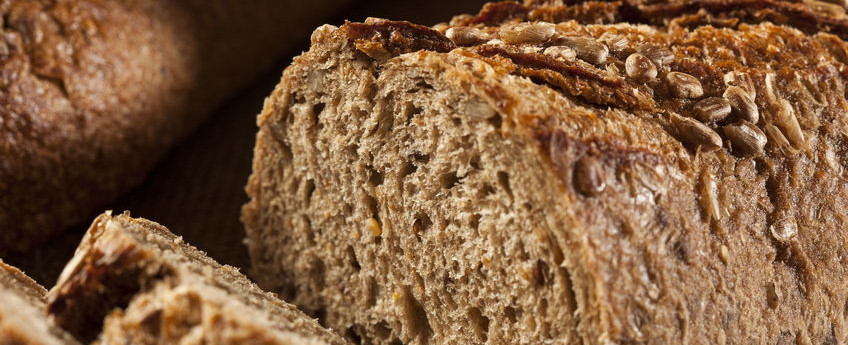
The increasing demand for clean and healthy bakery products during the pandemic boosted the demand for organic baking. In 2020, organic sales in the U.S. increased to a record high of $62 billion while the sale of organic flour and baked goods grew by 30%.
How can you optimize organic flour for baking? Download our technical paper.
How is organic flour produced?
“Organic” labeled products come from a farm certified to meet national organic standards set by the U.S. Department of Agriculture. For example, organic flour is milled from the organic wheat crop. Land, fertilizers, seeds, and other agricultural accessories should be free of chemical residues and certified by a third-party certification to confer with USDA standards. In addition, the components involved should not include any genetic modifications.
Producers with a total sale of fewer than $5,000 a year do not need to be certified to sell organic products. Nevertheless, they are still obliged to comply with the organic standards set by USDA.
Tips for organic baking
Organic baking prohibits the addition of common chemicals used in baking. So, organic products are clean labeled by nature. The crucial baking ingredients banned in organic products are DATEM, SSL, mono and diglycerides, azodicarbonamide (ADA), and L-cysteine. The major problem arising from the absence of the ingredients mentioned above include:
- Dough conditioner elimination decreases the dough strength and forms a firmer crumb.
- The presence of these ingredients helps improve shelf life, as well as aid in emulsification.
- Lower aeration of oil-in-water emulsions (cake batter).
How to replace chemical ingredients in organic baking
It is essential to make up for the functional properties of these chemical ingredients. Some of the most common solutions include
- Organic gluten addition is one option to optimize the product mixing time and temperature. It is also feasible to use cold or ice water and jacket cooling. Additionally, rapid hydration technology can help in controlling the temperature.
- Vinegar, cultured wheat, raisin, and prune juices substitute calcium propionate functionality to inhibit mold growth.
- The thermal profiling crumb set zone must be scarcer than 20%. A higher value ends in a dry final product.
- Slicing difficulties occur for products with moisture content above 38%. This further results in wearing out of slicer blades.
Several clean label solutions can come in handy when baking organic products. Furthermore, it is easier to transition from organic products to clean labeled products and vice versa.
More tips for baking using organic flour are available on our technical paper.

